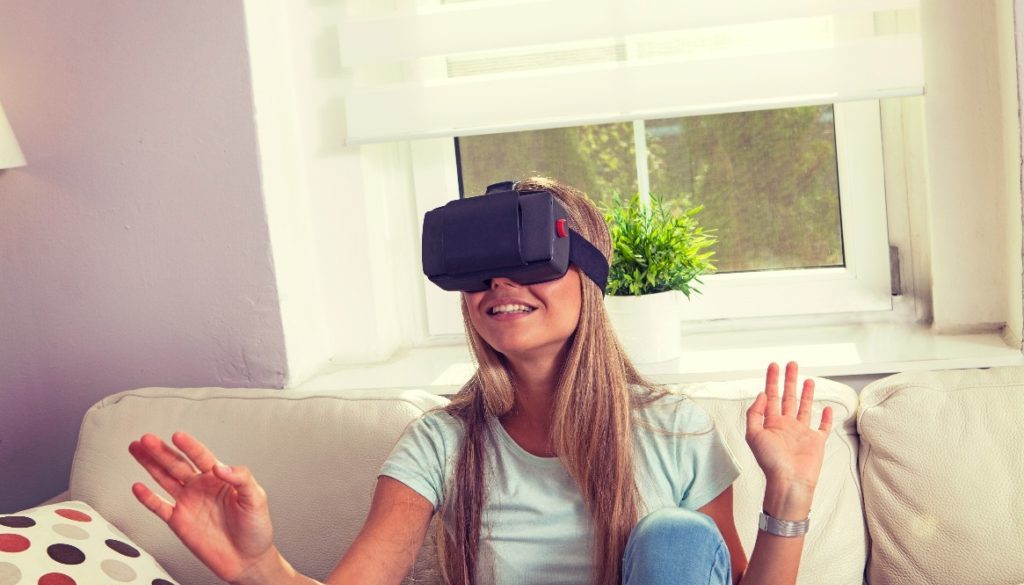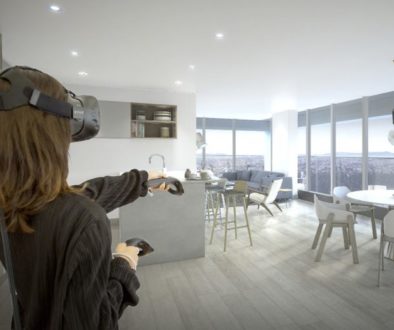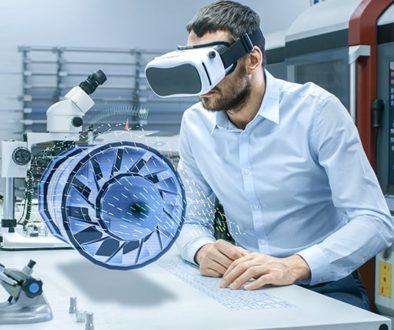What Is Virtual Reality (VR) and How Does It Work?
Virtual reality (VR) is a computer-generated illusion of reality immersing people into a simulated environment and providing visual, audio and haptic senses. When we put on a VR headset it takes us into the fictitious world making us completely separated from the real surroundings.
By convincing the human brain that it is somewhere it is really not, VR literally makes it possible to experience anything, anywhere, anytime. The ultimate goal of virtual reality is to provide an experience that feels so real, that you forget it is a virtual-artificial environment and begin to interact with it as you would naturally do in the real world. This may be a completely synthetic world or it may mimic the properties of a real-world environment.
If You’re New to Virtual Reality, Where Should You Start?
Nowadays virtual reality technology is available for everybody and you can create a portal into the unreal world right in your living room. So, it’s pretty real. All you need is appropriate hardware (VR headset) and software (VR application).
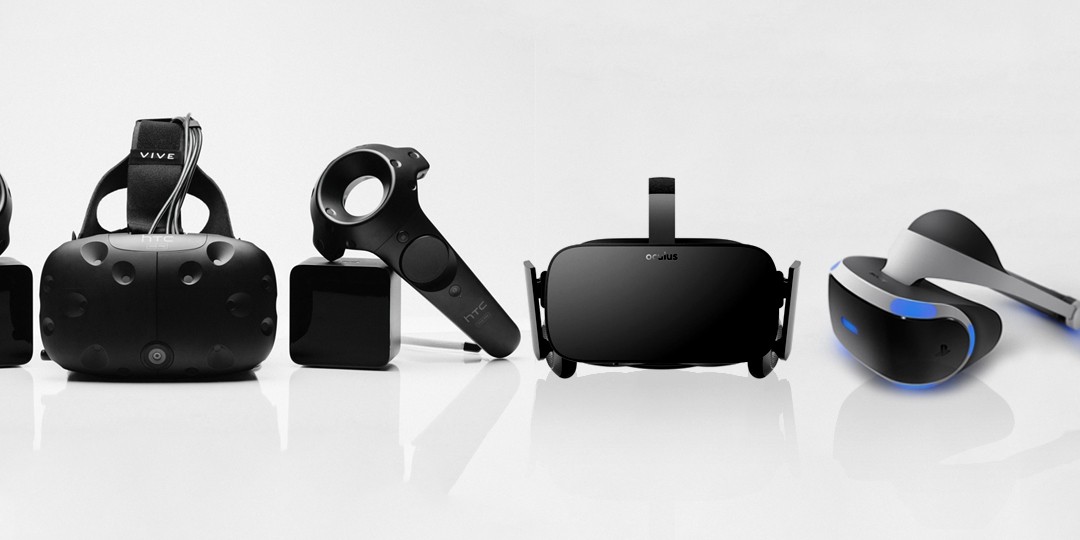
The virtual reality headset is the first must-have of a virtual reality kit, as it will allow you to interact with simulated environments and experience the first-person view. The headset itself is a thick pair of goggles that you wear over your eyes. The price, as well as the quality of the headsets, vary. Higher quality headsets are connected to a computer to run apps, while some cheaper ones use a cell phone clipped to the front of the headset. For a fully immersive experience, you would need controllers (input devices that would help you navigate) and headphones. For a virtual experience to work, you would also need a 360 video or a VR app representing the place you will be transported to. These are created by VR software tools and 3D modeling tools.
Related: VR hardware: Lenovo Explorer Windows Mixed Reality Headset Review
Related: HTC Vive Pro, Oculus Go, Magic Leap: What to Expect from the Newest Headsets
How Does Virtual Reality Work?
How does a virtual reality headset make you think that you’re visiting another country when you are, in fact, actually staying in your bedroom?
The key point is to create a virtual environment that looks like it is a life-size, and follows whenever you look. The video is sent via cable to the headset or through the phone fitted into the headset. VR headsets have two small LCD displays placed next to each other like glasses or two feeds sent to one display showing pictures of the same object that are a bit shifted towards one another. This creates an illusion of the 3D space.
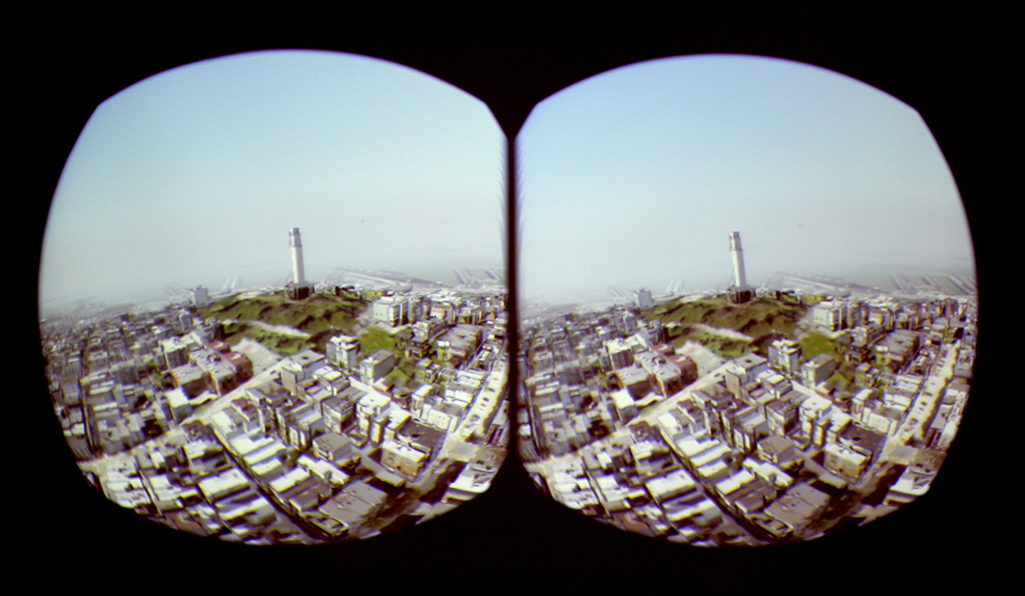
For user interaction, there are several tracking options:
Head Tracking
Head tracking works by coming after your head motion. A system called 6DoF (six degrees of freedom) marks your head with reference to your X, Y and Z axis to take the measurements of, head movements forward and backward and shoulder to shoulder. It includes one of the three components usually used to track objects such as a gyroscope, accelerometer and a magnetometer.
Eye Tracking
One more piece of the VR puzzle is eye tracking. The infrared sensor tracks your eyes inside the headset so headset understands what you are looking at. By tracking the direction of your eyes inside a virtual environment, this technology makes the depth of field more realistic.
Motion Tracking
While being in constant improvement, motion tracking is steadily raising VR to a totally new level. If you want to achieve full immersion, motion tracking is the key to break all limits in VR enabling to look and move around. With the help of concepts of the 6DoF and 3D space, options to support motion tracking fall into 2 group, optical and non-optical tracking. Optical tracking is generally a camera on a headset that follows the movements, while non-optical incorporates the use of other sensors on a device or a body.
Areas of Use
There is an abundance of ways virtual reality can provide huge benefits to us. It is no longer an overnight sensation and is successfully used in education, science, medicine, design, architecture, engineering, gaming and entertainment.
Medicine is one of the biggest beneficiaries of virtual reality. It provides an effective way for students to develop various medical skills such as surgical training and observation. Simulated surgeries enable the surgeon to perform an operation on a ‘virtual patient’ or to see inside the human body.

Now you know what virtual reality is, where it is used and what you need to get started.
If you want to get to know about other facets of the virtual reality, feel free to leave a comment down below mentioning what exactly you want to hear.
Ready to create virtual reality? Contact us right now and get a free consultation! If you have any questions, don’t hesitate to ask — we are here to help.
You may also like: How much does VR application development cost in 2018?

